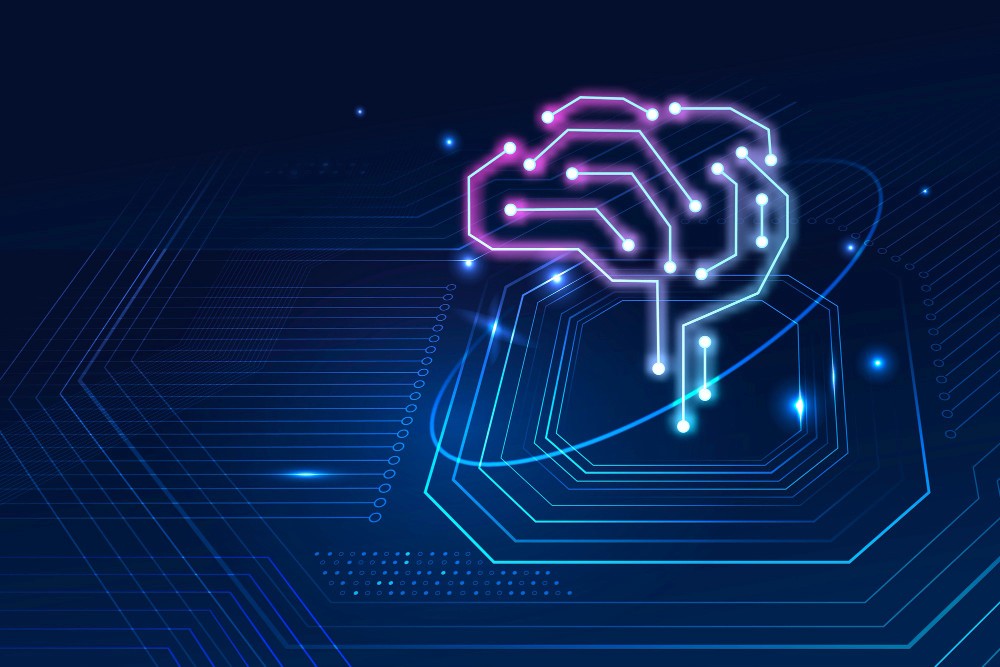If your business is scaling or you’re struggling with hiring bottlenecks, understanding AI’s impact on recruitment is critical for your strategy.
How is AI changing talent acquisition?
AI is reshaping talent acquisition by making hiring smarter, faster, and more data-driven. If your business is scaling or you’re struggling with hiring bottlenecks, understanding AI’s impact on recruitment is critical for your strategy.
1. Streamlining candidate sourcing and screening
AI tools can sift through thousands of resumes and profiles in seconds, ranking candidates based on skills, experience, and fit. Instead of relying on manual review, you can use AI-powered platforms to identify top talent that matches your requirements. This cuts down the time to hire and helps avoid overlooking qualified candidates.
2. Reducing bias in hiring
Traditional hiring can be affected by unconscious bias. AI can help level the playing field by focusing on objective criteria and removing identifiers linked to bias, such as name or background. While AI isn’t perfect, it offers a more standardized, fair approach to screening and shortlisting.
3. Automating repetitive tasks
You can automate job postings, interview scheduling, candidate follow-ups, and initial assessments with AI. This frees up your HR team to focus on personal interactions and decision-making instead of administrative work. AI chatbots can answer candidate questions, provide updates, and keep communication lines open 24/7.
4. Improving candidate experience
Candidates expect a smooth, responsive process. AI tools deliver real-time updates, answer queries instantly, and personalize interactions. This helps you build a positive employer brand and keeps top candidates engaged throughout the process.
5. Data-driven decision-making
AI tools gather and analyze data from every step of your hiring process. You get insights on where your best candidates come from, what sourcing channels work, and how long it takes to fill roles. This information helps you refine your talent acquisition strategy and measure ROI.
6. Talent forecasting and workforce planning
AI can predict future hiring needs based on company growth, market trends, and employee turnover. You can use these insights to plan recruitment campaigns and reduce the risk of talent shortages or over-hiring.
Why does this matter for nearshore and remote hiring?
When you’re hiring nearshore developers or building distributed teams, AI can help bridge the distance. Platforms like Torc.dev use AI to match your requirements with top talent in LATAM and other global regions. You get pre-vetted candidates who are ready to start quickly, even if you’re hiring across time zones or languages.
How to get started
Start by evaluating your current hiring process. Look for steps that are manual, repetitive, or prone to bias. Consider AI-powered platforms for resume screening, candidate matching, and process automation. Make sure the tools you choose integrate with your existing HR stack.
If you want to scale your engineering teams with vetted talent, Torc.dev leverages AI to deliver better matches, reduce hiring times, and help you grow faster.a





